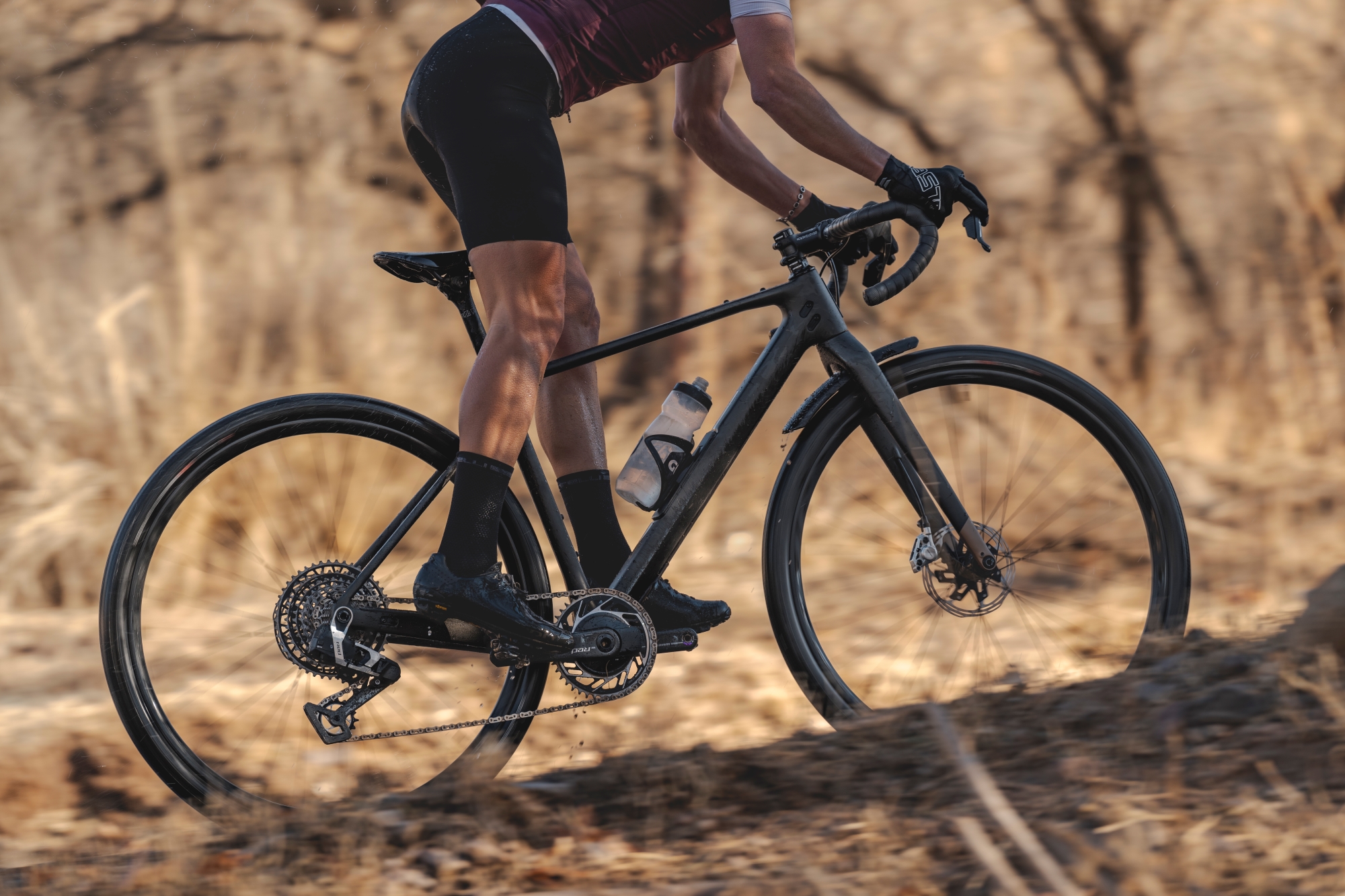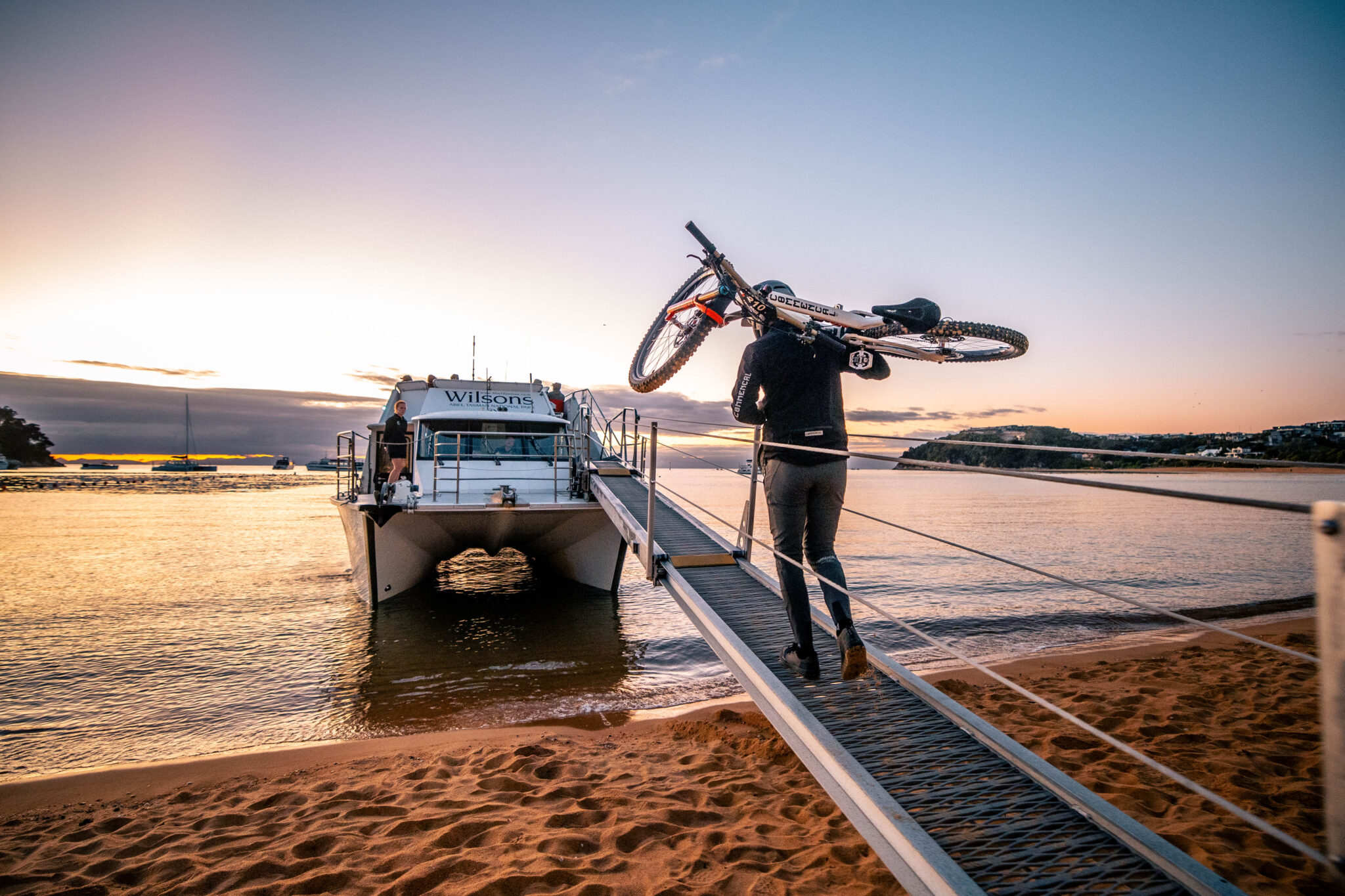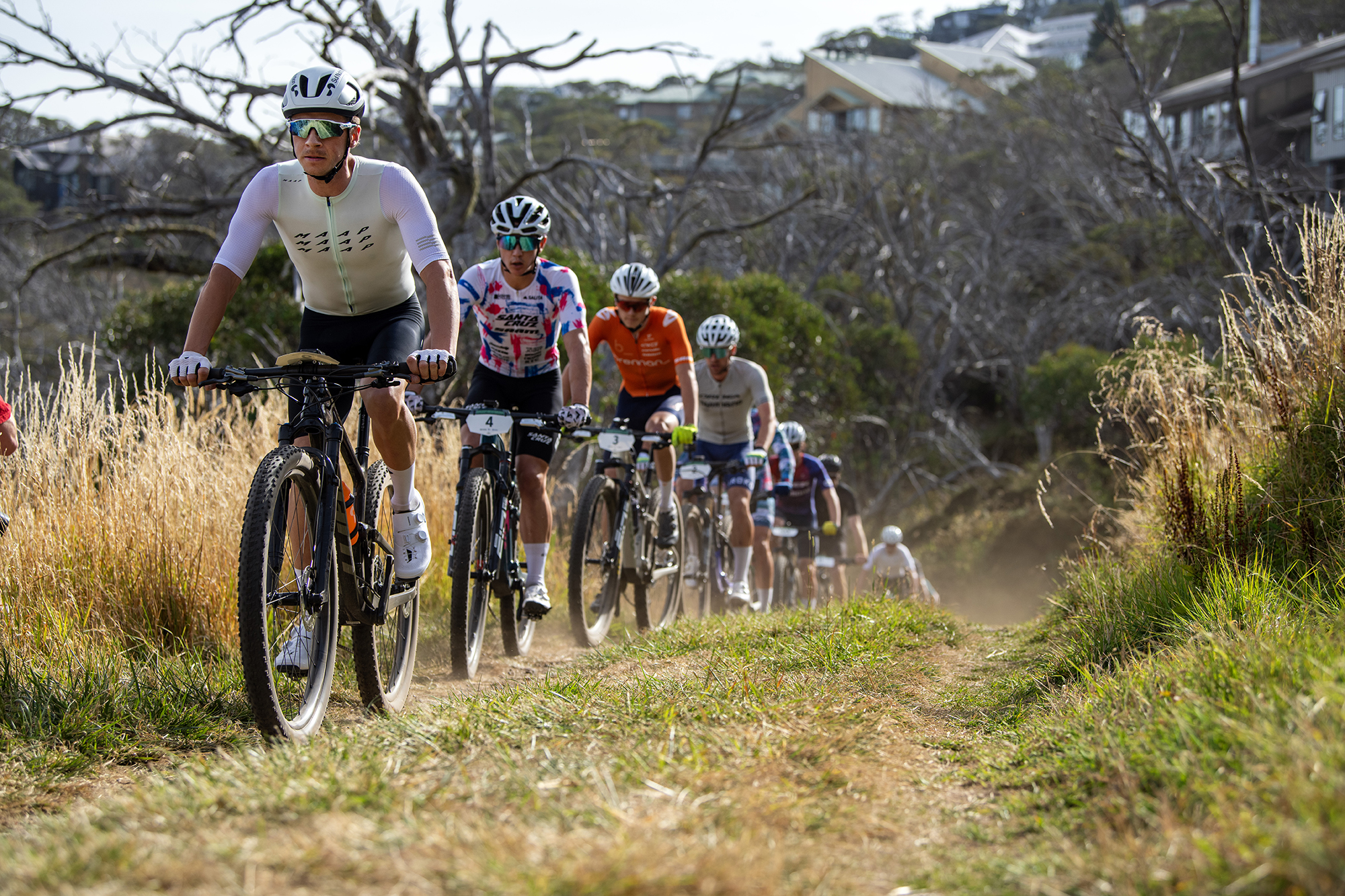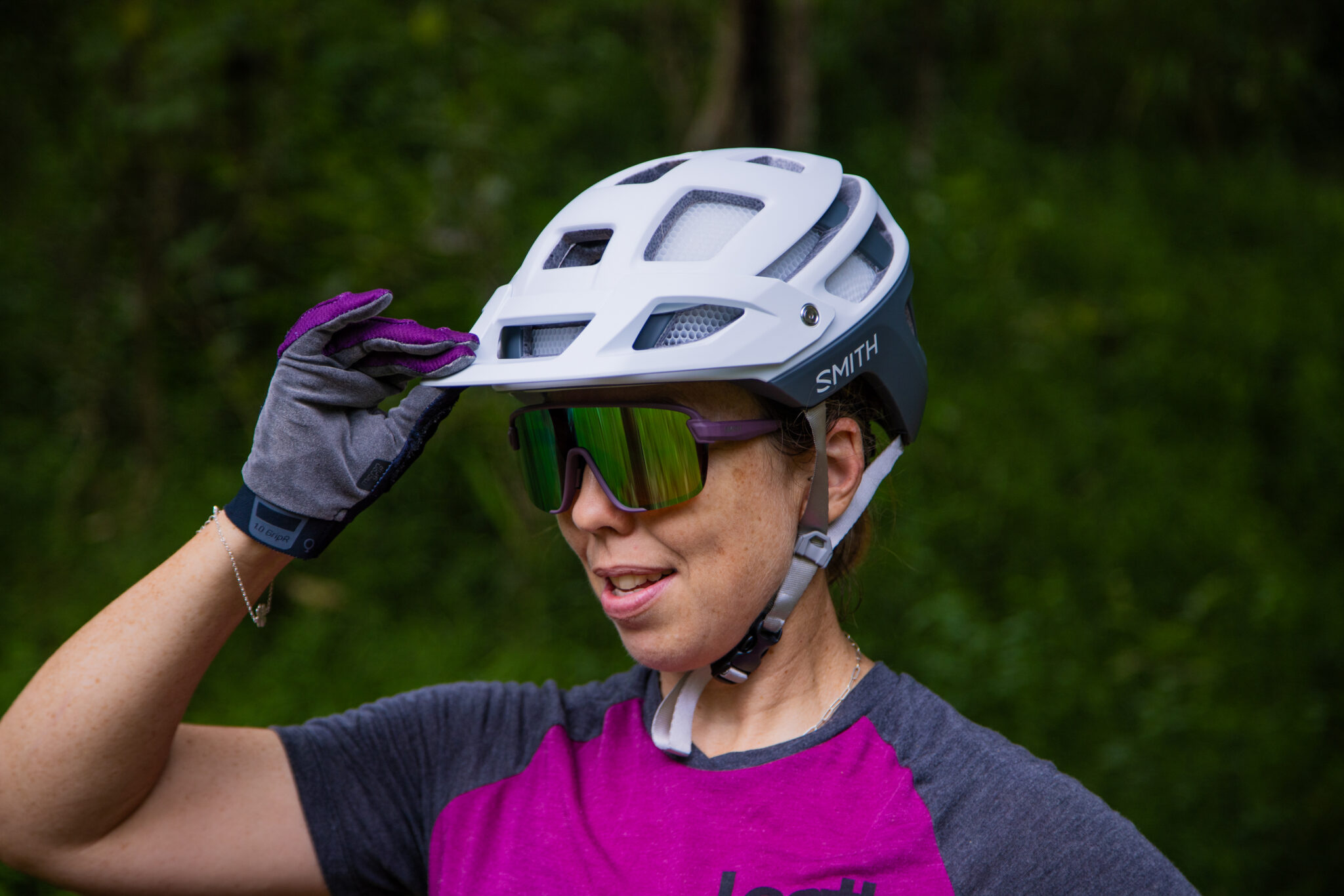Tackling the CREB track
Finding adventure on the Cairns Regional Electricity Board trail.
Photos: Dave Acree
As a country, Australia has a colonial history of exploration. There are very few parts of the world that remain unexplored, but that’s not to say we aren’t able to find our own adventure and our own challenges. As bikes change and their range expands, the options for two-wheeled adventure continues to open up. And there is plenty right in our own backyard.
While wrapped up in an urban environment, the glimpse of an escape into the wilderness via social media is immediately engaging. A well-framed image on Instagram, with a cyclist astride their bike looking into the distance, or laying their steed down for effect as the dirt road stretches ahead of them, can put us right in that place. We want to be there. We want to be them. We want that experience to be our own.
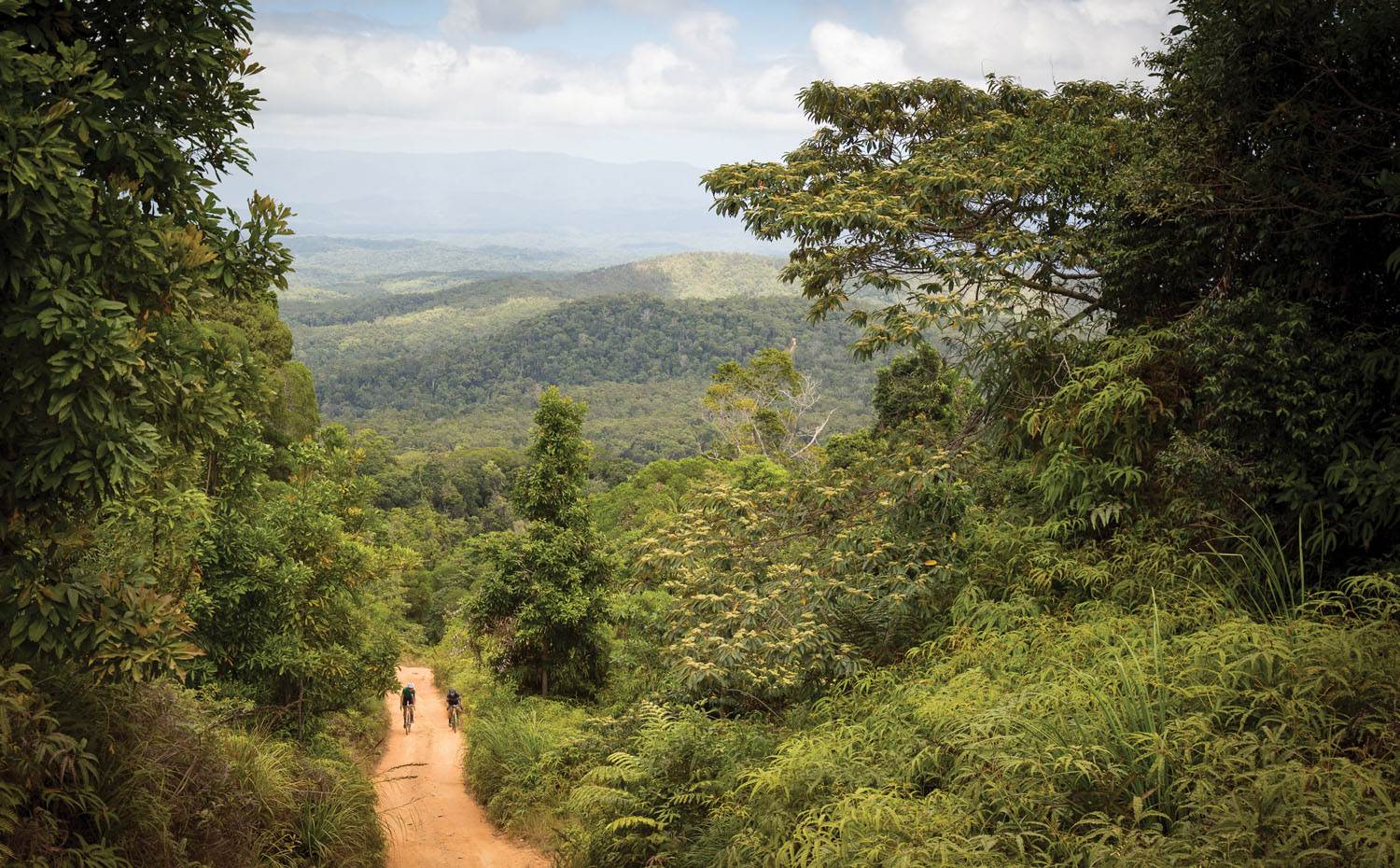
So many achievable opportunities are right next to our capital cities. From the Blue Mountains behind Sydney, or the Yarra Ranges outside of Melbourne, or the D'Aigular Range close to Brisbane – adventure is on our doorstep. So where do you go if you really want to challenge yourself, and take a journey into the wild – within relative safety anyway. The answer is easy – go north.
Tropical North Queensland is an adventure playground. With package adventure deals of bungee jumping, jet boating, reef dives and more right on the coast, things get a little more interesting north of Cairns or inland on the Atherton Tablelands.
The CREB track
The CREB (Cairns Regional Electricity Board) Track runs from Daintree to Wujal Wujal. As you’d expect from the name it is the old maintenance road for the electricity line to Cooktown. The track takes a mountainous route through the Daintree, crossing a range of environments from tropical farmland, dry eucalypt forest, and of course plenty of tropical rainforest.
These days, the CREB Track is known as a 4×4 test piece, and attracts keen four wheel drivers who want to tackle the 71km route. The route is also popular for motorbikes, and there are tours run on the demanding trail.
With lots of steep climbs and descents, and narrow cuttings, why would you want to tackle something like that on a bike, especially if you are sharing the track with four wheel drives and motorbikes?
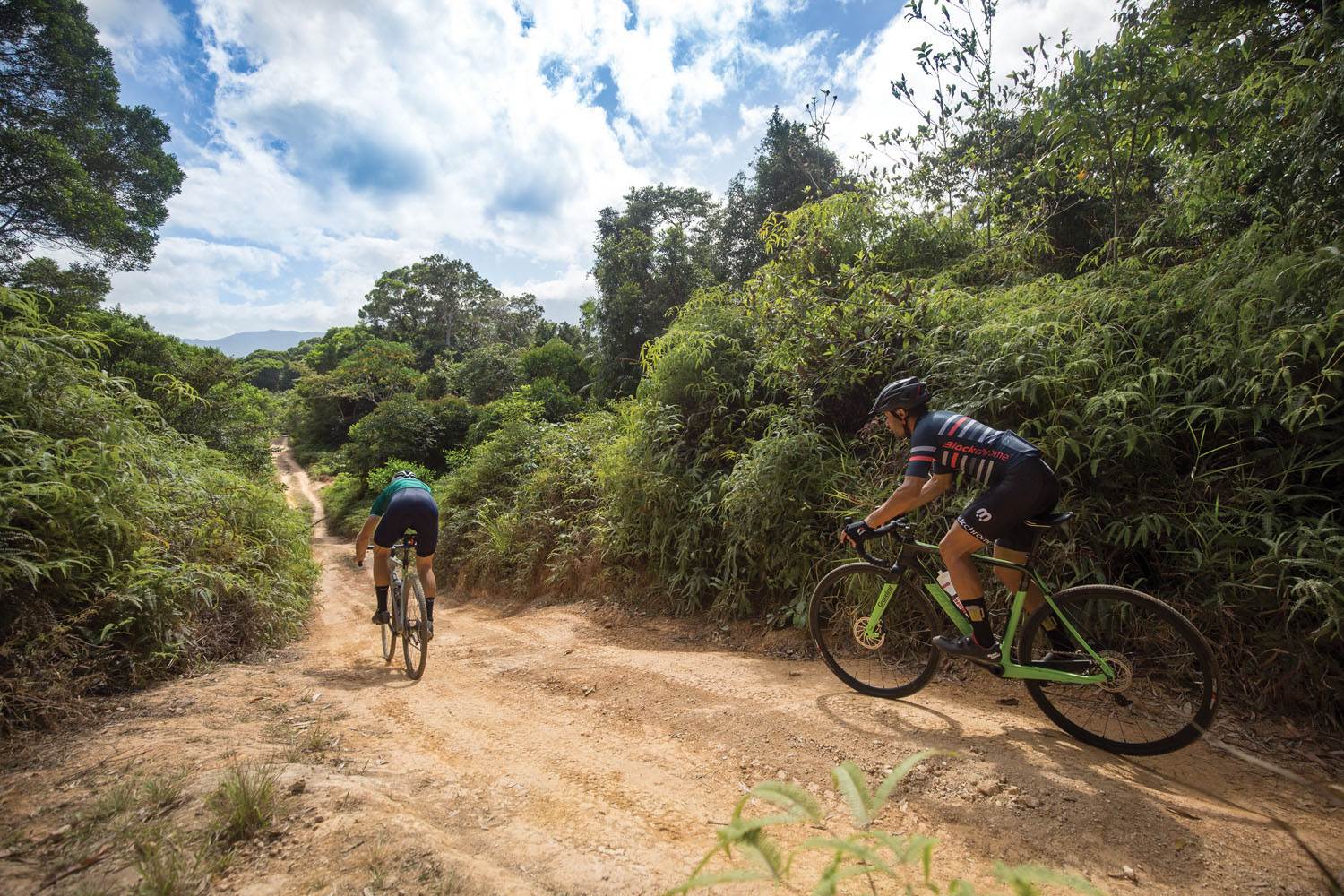
I caught up with Graeme Grant, who tackled the CREB track in one long, 300km day when riding from Cairns to Cooktown, to ask what makes tackling the infamous route by bike an appealling challenge.
“You are a long way from anywhere, and it’s some of the most beautiful rainforest you will see. It is a proper four wheel drive track that’s famous. It is an iconic stretch in a four wheel drive – but on a bike, you don’t get many people doing it,” explained Graeme as we sat at the Croc Xpresso Cafe in Daintree.
Today, Graeme was driving support for William Bird (of Cycle FNQ) as we experienced a small section of the CREB. Just about anyone will agree that vehicle support is essential in one way or another. Even if it’s just to get you across the Daintree River at the start. Do not ride across the Daintree River! The chance of being taken by a crocodile is too high. I ask Graeme how far south you’d want to be to feel safe to swim without a chance of being croc bait.
“Hervey Bay,” he replies.
Tackling the CREB
Graeme drops us across the Daintree, then drives on to meet us at different points on the trail. Although he’s ridden the CREB he’s never driven it and was keen to put an advanced 4×4 course he’d done to the test.
Wil and I climb and descend, heading up in steep pinches that have us out of the saddle on the red dirt, with short plunges back down. It’s tough but rewarding riding. In time we descend to the first river crossing, where Graeme is waiting. I ask him about his bike setup for their one day epic.
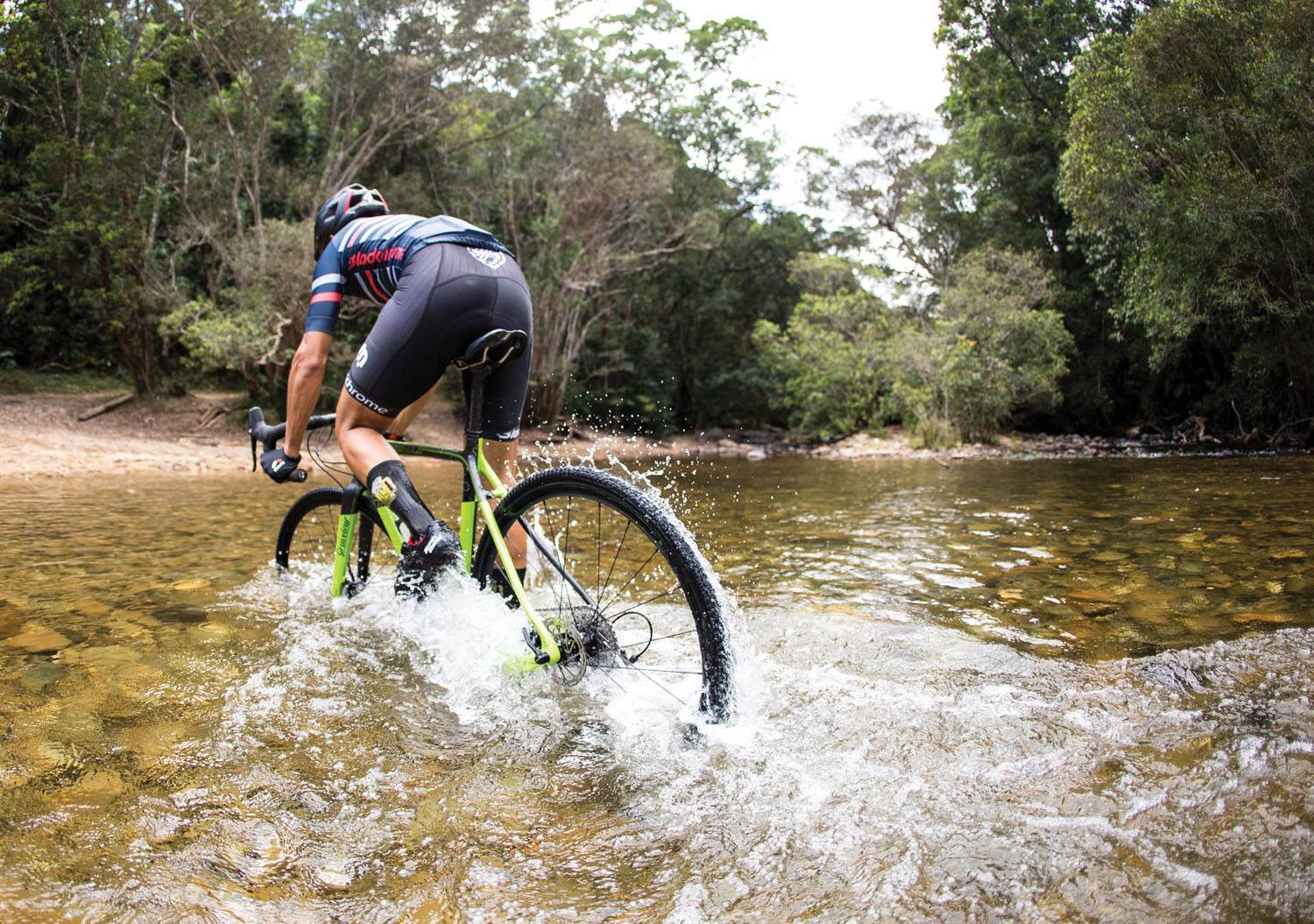
“I had a 2×11 on my bike, and it was compact 34/50 on the front with a 11-28 on the back,” Graeme tells me. Wil and I are both running 1×11 setups on our Norco Threshold cyclocross bikes. It’s not terrible, but we both would have downsized our chainrings quite happily. “We had to walk up Big Red because it was wet.”
That was one of our next sections to tackle. Big Red is a long hill to the highest point on the CREB track. Graeme’s point about the wet conditions are important. When they did the route a significant amount of rain fell overnight. Drivers laughed at them for tackling it on bikes – but the drivers were also stuck on the track. The fine dirt becomes mud very quickly, and vehicles have been known to be stuck on the CREB for days after rain.
“If you get 10mm of rain, turn around and go home. Even if you’re on it and it starts raining you can be in trouble because it changes that quickly,” warns Graeme.
Wil and I set off, with wet shoes and socks providing some relief from the increasing heat of the day. Soon enough we’re dry and covered in dust.
Big Red looms on the horizon, and the CREB is a red line straight down the face. It looks impossibly steep, and this is when we have already been way off the back of our bikes on the descents, and been grinding our lowest gears on the climbs.
Graeme is waiting at the base. We grab some extra water. We had plenty in the car but could have filled up at the second creek – and the first. I was curious as to how Graeme did the ride, as their planned support vehicle couldn’t get into the CREB track on the day.
“We didn’t fill up with water at the creeks on the day we did it. I had a couple of big bottles of water and that got me through. We met a vehicle at Wujal Wujal and refuelled there.” Clearly they were on a mission to get through. The route seems ideal for carrying a frame bag with a bladder in it, or a hydration backpack – plus some water treatment tablets.
Big Red fills our vision and we take off, straight into our lowest gears. We can ride some sections, and push others. A group of motorbikes come through, and we share nods and waves. Most people travel in a northerly direction on the CREB, but not everyone. Thankfully on a bike you can hear anything else that is approaching.
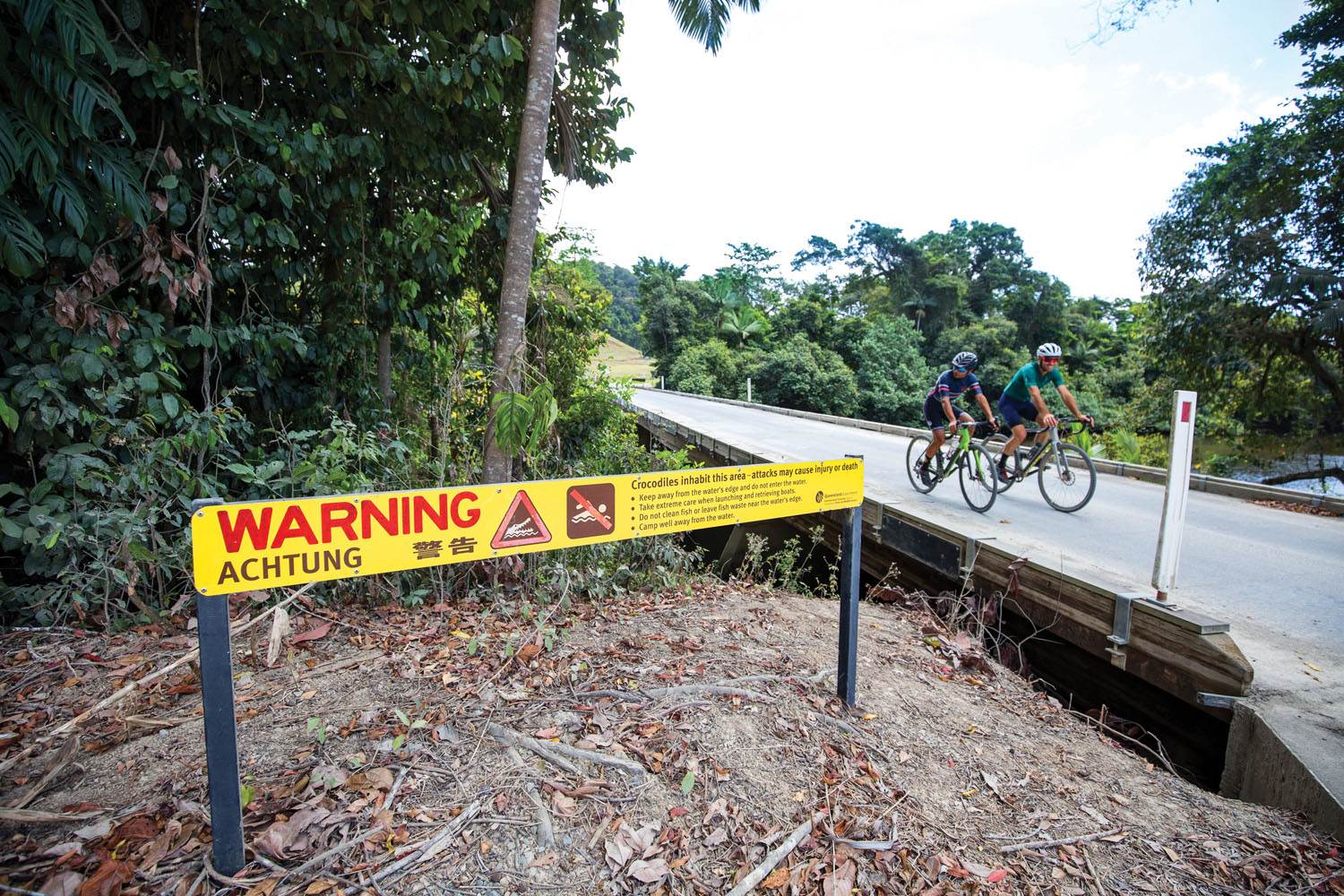
The higher we get, the more the view opens up. Looking back down the climb, the enormity of the rainforest is apparent. We stop where there is some marked phone reception for the obligatory ‘adventure’ photos. This was also our turn around point for the day.
“Beyond Big Red it starts to steady out a little bit. It’s not as difficult after that, not nearly as steep. The second half has a lot more fireroad and is a lot steadier,” says Graeme. That sounds about right. We’d done the hardest part. “The environment changes to the open eucalypt type of forest. It’s a lot easier to manage.”
Given our time constraints, doing part of the route with vehicle support was the best mix for Wil and I. But I do wonder – is the CREB track Australia’s newest multi-day adventure route?
“It would be perfect as a two day trip,” says Grame. “If you come over the top of Big Red, and then come down into China Camp, there are some really nice camping spots there. The issue with going all the way through is you end up at Wujal Wujal and you’re in a no-mans land of sorts. It’s a long way to Cape Tribulation, and it’s a good ride to get to Cooktown as well. You’re better off doing a turn around and coming back to Daintree.”
A long trip puts more luggage on your bike and the need to plan for food and water, and for accommodation – camping or otherwise.
“Past the houses at China Camp, you should be able to find water. Everyone has tanks and up here I can’t see anyone having problems with giving you some water if you needed it. The CREB could be that adventure experience. If you put some thought into it you could essentially ride from Cairns to Cooktown, which is about 300km – and you could do it over three or four days and come across very little bitumen.
“You’ve got the Lions Den Hotel and you could spend a night there, then it’s an easy day into Cooktown, and there’s plenty of transport out of Cooktown to get back to Cairns. If you planned it well you could get a really good trip. Three or four days would be fantastic.”
My mind is whirring. I’m thinking of the hills, the tropical climate, what I’d need to pack, who I would do the trip with, and how to manage all the logistics. It’s an adventure in the making, just one flight away from most Australian capital cities.
“Ideally, do the trip at the end of August or September,” says Graeme. “It’s still cool and once you start getting into October it gets a bit hotter and the amount of water you’re going to consume changes too. It’s cool at night and not humid during the day. And you can just about guarantee you’re not going to get any rain. Well, you can never guarantee that up here, but it’s about as good as you’re going to get.”

With that, we pack our bikes into Graeme’s four wheel drive ute, and enjoy the air conditioning and a cold drink for the return trip. As a passenger and no longer a pilot on the bike I get the chance to look around a bit more. To the high peaks, the dense forest, and the steep terrain. Tropical North Queensland is littered with old trails and backroads, and I’m left to wonder if this is the ideal playground for riders looking for a new adventure off the beaten path.
Where else should I ride?
There’s lots to do, with plenty of dirt roads and firetrails suitable for well-equipped gravel or cyclocross bikes around Lake Tinaroo, Mt Edith, Kuranda and Mt Molloy. The road loop around the lakes on the Atherton Tablelands is also one of the most scenic rides in the area!
Get more details at ridecairns.com
CREB Facts
The CREB track is steep and rough, running from Daintree to Wujal Wujal. It was originally the service track for the powerline to Cooktown. It is just 71km long, but has many steep climbs and descents, and it is recommended to be travelled along from south to north.
The CREB track is difficult in the dry, and near impossible to travel along in the wet. Always check road conditions before heading out.
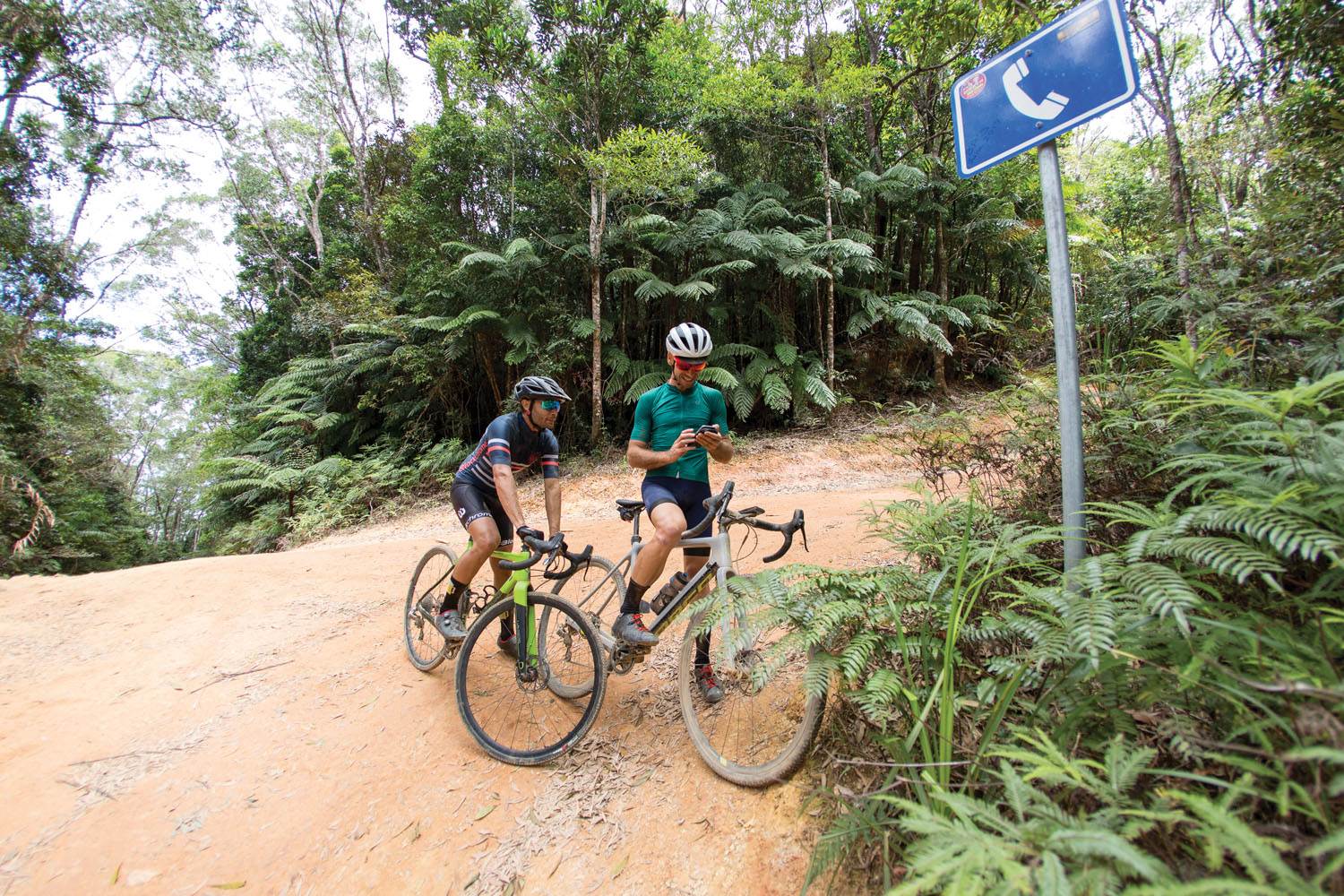
Choosing a bike for the CREB
We tackled the CREB track on Norco Threshold cyclocross bikes, and they did an admirable job. You could take a variety of bikes but look to have the following:
- Gear for hills more than flats
- Make sure you can carry water in cages and on your back or in a frame bag
- Strong tubeless tyres are recommended – plus tubes in case you tear a tyre
- Disc brakes are highly recommended, with sintered pads
- Avoid super-light parts, the track is rough!
- A cyclocross or adventure bike would be good, although a 29er hardtail might be better



